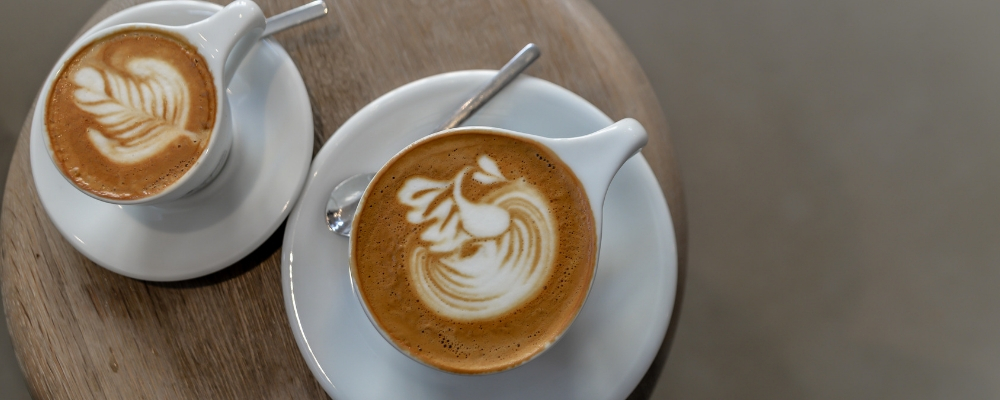SMSF members can make an in specie asset transfer to their fund by: Completing and lodging an Off-Market Transfer form for the transfer of ASX-listed securities. This form is available from any financial institution involved in securities trading. The SMSF should be listed on this form as the purchaser of the shares being transferred. A ‘lump sum’ is payable via the transfer of an ‘asset ’. That is clear at law.
However, no legislation directly states that an income stream is payable by an ‘asset’. They are payable only in cash according to the ATO. Can a SMSF non member make an in specie contribution to an SMSF on behalf of the members? The ATO has no court cases to justify the stance.
For example a parent making an in specie contribution to an SMSF on behalf of their children (Fund members) via the transfer of business real property. If so, how would this contribution be treated by the Fund. One option often considered is making an in specie transfer to your SMSF. In specie is the process of transferring shares, business real property or managed funds without selling the underlying investment. An in-specie contribution occurs when a member transfers ownership of an asset they own to the SMSF.
Some super websites talk about selling your residence (if you have one) and putting that money into the fund then you can transfer title from SMSF to own name. For shares most SMSF investors have a CHESS sponsored account so you should ask your broker for their Standard Transfer Form for Off Market Transactions. In addition, assets can also be transferred out of the fund as in-specie payments though importantly , only lump sum payments can be made in-specie. In Specie transfer out of your Fund. Because an in specie contribution is the transfer of an asset from an individual to a super fun and the asset is acquired by the super fund at its market value, the transfer will generally be considered a capital gains tax event.
Acquiring assets from related parties. In the particular case following, the client wants to transfer a Victorian property to their SMSF. In specie transfers to an SMSF and the small business CGT concessions Section: 8. It is unclear whether in specie contributions of active assets, such as business real property, will qualify for the lifetime CGT cap where the super contribution is also the event that qualifies for the small business CGT concessions. When dealing with an in specie transfer of property, a super fund acquires beneficial ownership of the property when the fund takes possession of a properly executed transfer form that is in registrable form together with any title deeds and other documents necessary to procure registration of the super fund as the legal owner of the land. In most cases, then transfer of real property will have transfer duty implications for the party acquiring the assets.

Additional costs in the form of professional, registration, valuation fees may also be payable, depending on the type of asset being disposed of. Disposing of SMSF assets to a related party is a viable option for many SMSFs. One of the most common uses of in specie contributions, however, is the transfer of business real property into a SMSF. There is no further legislation or guidance from the ATO on the in - specie transfer of an SMSF asset as a death benefit distribution. It is generally accepted that an asset can be transferred in - specie upon the death of a member of an SMSF.
How is the in - specie distribution effected? On the other han lump sum payments can be made in cash or in - specie transfer of assets. However, lump sum payments will not enjoy the similar tax concessions as pension payments.

It’s also worth noting ATO rules require SMSFs to be appropriately diversified. It’s also important to remember that off-market transfer might trigger capital gain tax in your personal capacity when selling the assets to the SMSF. If an individual makes a super contribution to an SMSF in the form of an asset other than money, this type of contribution is known as an in-specie contribution. Capital gains tax: An in - specie contribution is a CGT event as the transfer is a disposal due to a change of ownership. A capital gain or loss may be made from the CGT event according to the usual CGT provisions that apply to that asset.
The proceeds are deemed to be the market value of the asset at the time of the CGT event. As such, CGT will apply on the transfer unless an exemption applies.
No comments:
Post a Comment
Note: only a member of this blog may post a comment.